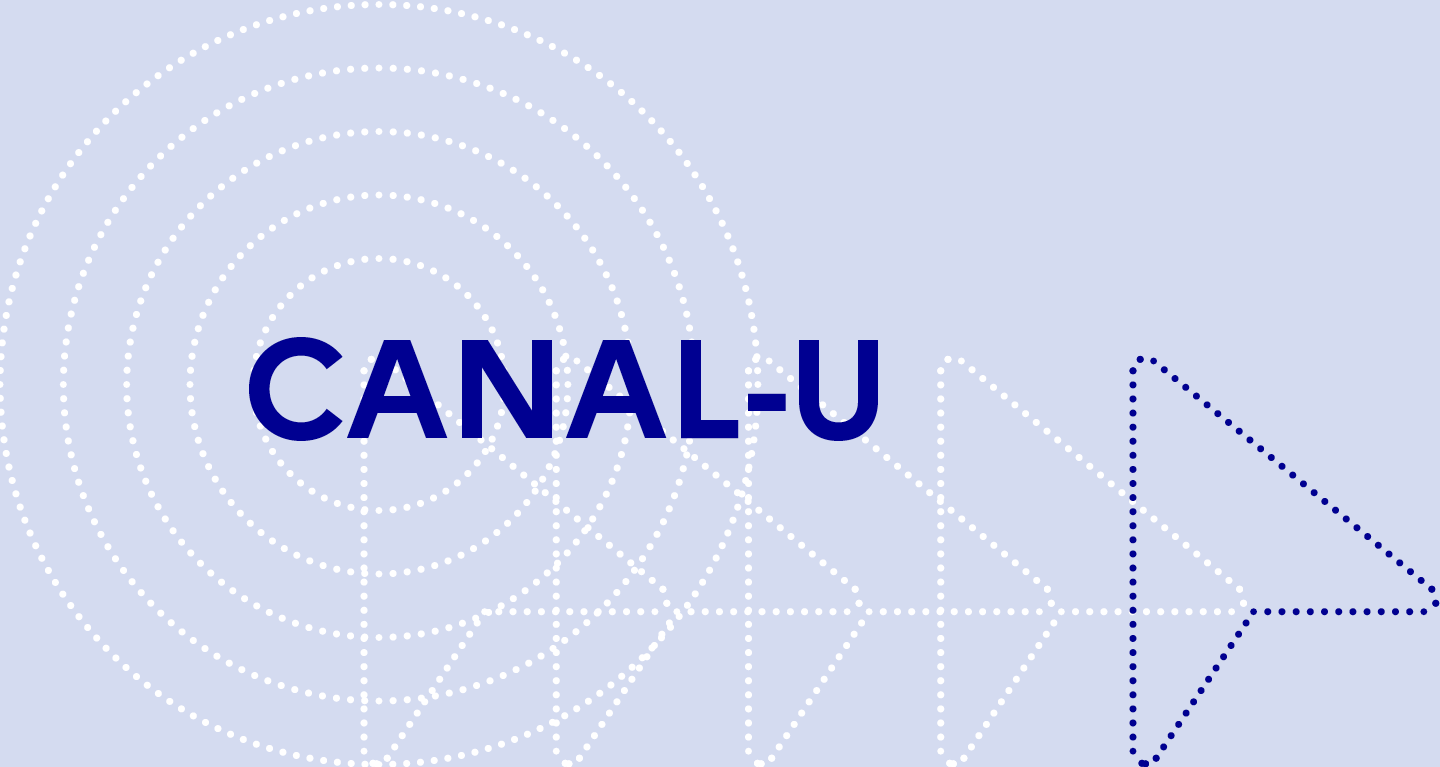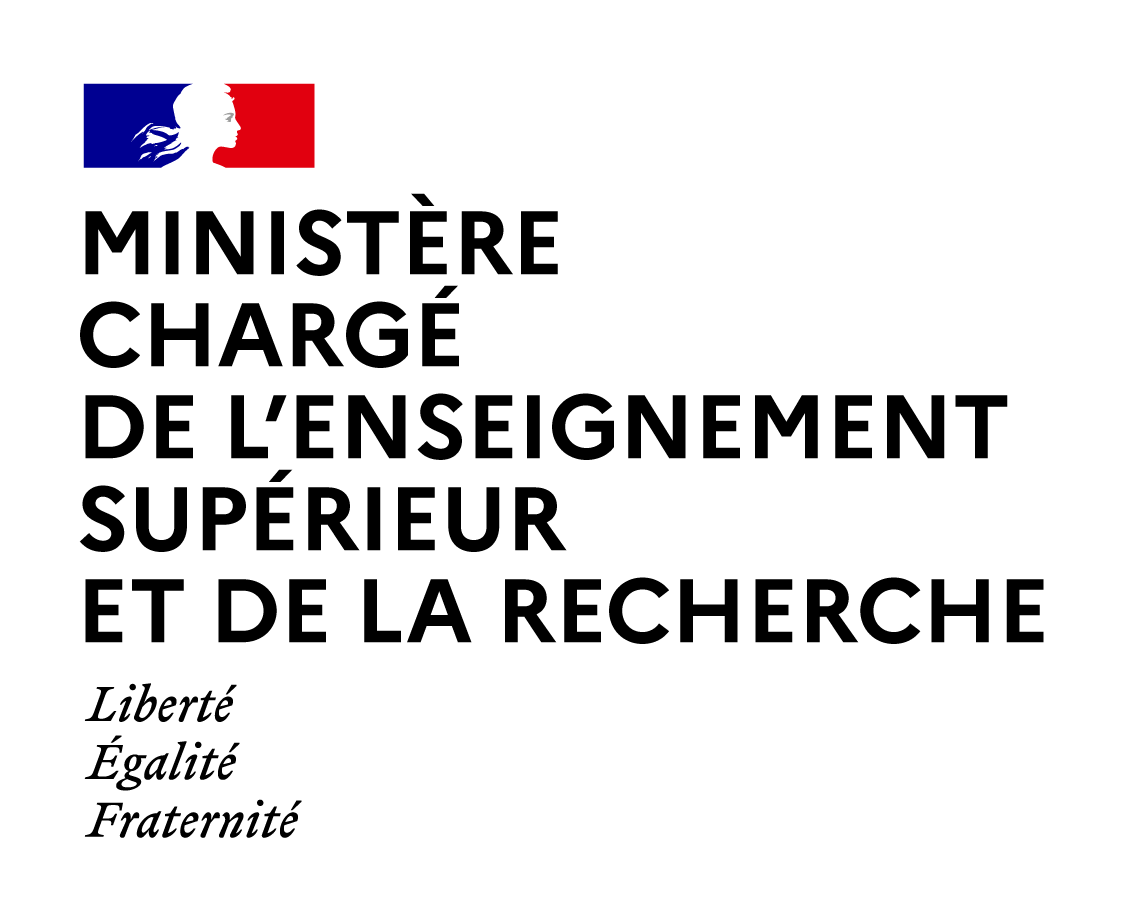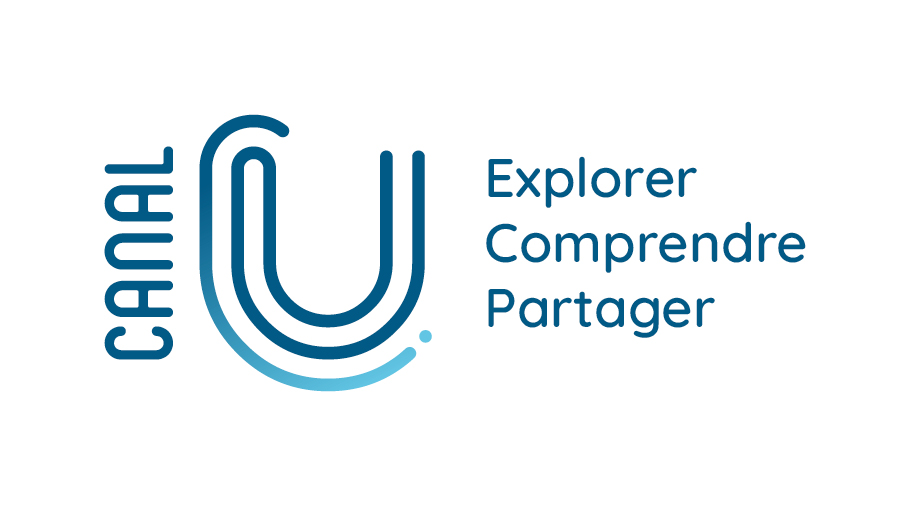
Sommaire
Teachers’ Use of Mathematics Resources: A Look across Cultural Boundaries
Date de création :
29.05.2018Auteur(s) :
Janine REMILLARDPrésentation
Informations pratiques
Droits réservés à l'éditeur et aux auteurs.
Description de la ressource
Résumé
Curriculum resources are adopted in school systems around the world, often, to promote curricular coherence or reform (Pepin & Haggarty, 2001; Valverde et al., 2012). The development and design of these resources varies across systems, as do the expectations for and assumptions about their use (Remillard, Van Steenbrugge, & Bergqvist 2016). Ultimately, teachers’ interpretations and decisions are at the center of resource use. In this lecture, I present initial findings from a cross-cultural study of elementary teachers’ interpretations and use of mathematics curriculum resources in four cultural contexts, Sweden, Belgium (Flanders), Finland, and the United States. We consider differences in how curriculum resources are made available to teachers, and how teachers make use of them to shape instruction. We also examine the extent to which teachers make use of additional resources, particularly those available through the global marketplace on the Internet. Pepin, B., & Haggarty, L. (2001). Mathematics textbooks and their use in English, French, and German classrooms: a way to understand teaching and learning cultures. ZDM-Mathematics Education, 33(5), 158-175. Valverde, G. A., Bianchi, L. J., Wolfe, R. G., Schmidt, W. H., & Houang, R. T. (2002). According to the book: Using TIMSS to investigate the translation of policy into practice through the world of textbooks. Dordrecht, the Netherlands: Kluwer. Remillard, J. T., Van Steenbrugge, H., & Bergqvist, T. (2016). A cross-cultural analysis of the voice of six teacher's guides from three cultural contexts. Paper presented at the AERA annual meeting, Washington, DC. L'usage par les enseignants de ressources mathématiques. Un regard traversant les frontières culturelles Les ressources curriculaires sont adoptées dans les systèmes scolaires du monde entier, souvent, pour promouvoir la cohérence ou la réforme des programmes scolaires (Pepin & Haggarty, 2001, Valverde et al., 2012). Le développement et la conception de ces ressources varient selon les systèmes, de même que les attentes et les hypothèses concernant leur utilisation (Remillard, Van Steenbrugge & Bergqvist 2016). En fin de compte, les interprétations et les décisions des enseignants sont au centre de l'utilisation des ressources. Dans cette conférence, je présenterai les résultats initiaux d'une étude interculturelle sur les interprétations des enseignants du primaire et l'utilisation des ressources du curriculum mathématique dans quatre contextes culturels (la Suède, la Belgique (Flandre), la Finlande et les États-Unis). Nous considérerons les différences dans la façon dont les ressources du curriculum sont mises à la disposition des enseignants et la façon dont les enseignants font appel à elles pour façonner les instructions. Nous examinons également dans quelle mesure les enseignants utilisent des ressources supplémentaires, en particulier celles disponibles sur le marché mondial d'Internet. Pepin, B., & Haggarty, L. (2001). Mathematics textbooks and their use in English, French, and German classrooms: a way to understand teaching and learning cultures. ZDM - Mathematics Education (), 33(5), 158-175. Valverde, G. A., Bianchi, L. J., Wolfe, R. G., Schmidt, W. H., & Houang, R. T. (2002). According to the book: Using TIMSS to investigate the translation of policy into practice through the world of textbooks. Dordrecht, the Netherlands: Kluwer. Remillard, J. T., Van Steenbrugge, H., & Bergqvist, T. (2016). A cross-cultural analysis of the voice of six teacher's guides from three cultural contexts. Paper presented at the AERA annual meeting, Washington, DC.
"Domaine(s)" et indice(s) Dewey
- Éducation (370)
Domaine(s)
- Sciences de l'éducation
Intervenants, édition et diffusion
Intervenants
Édition
- Mohammad Dames ALTURKMANI
Diffusion
Document(s) annexe(s)
- Cette ressource fait partie de
Fiche technique
- LOMv1.0
- LOMFRv1.0
- Voir la fiche XML




